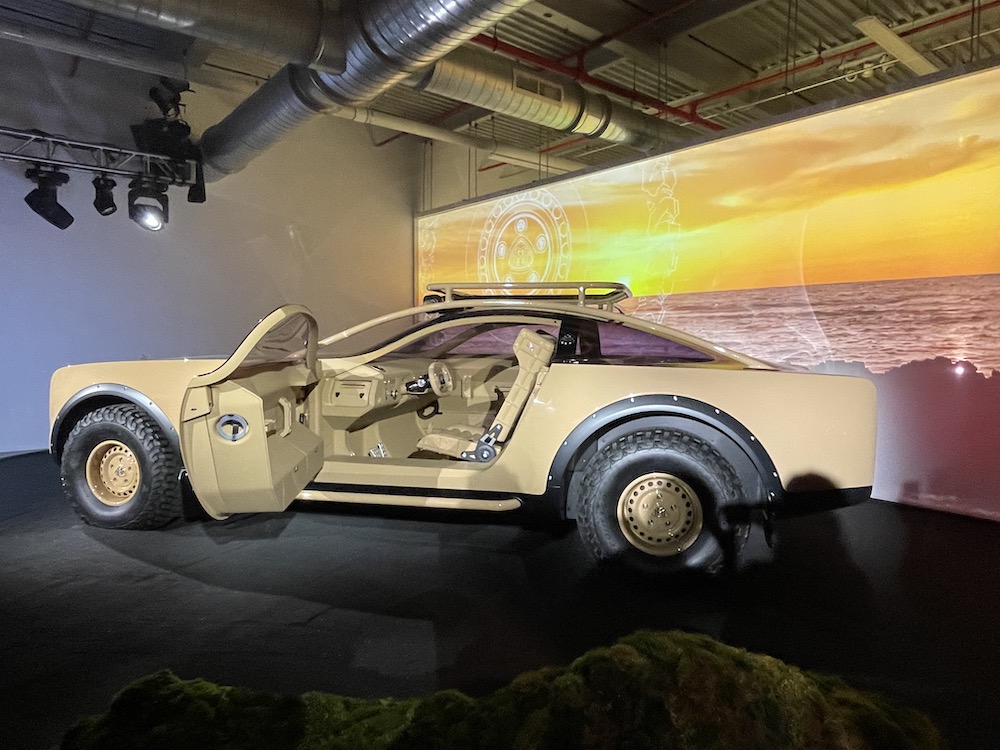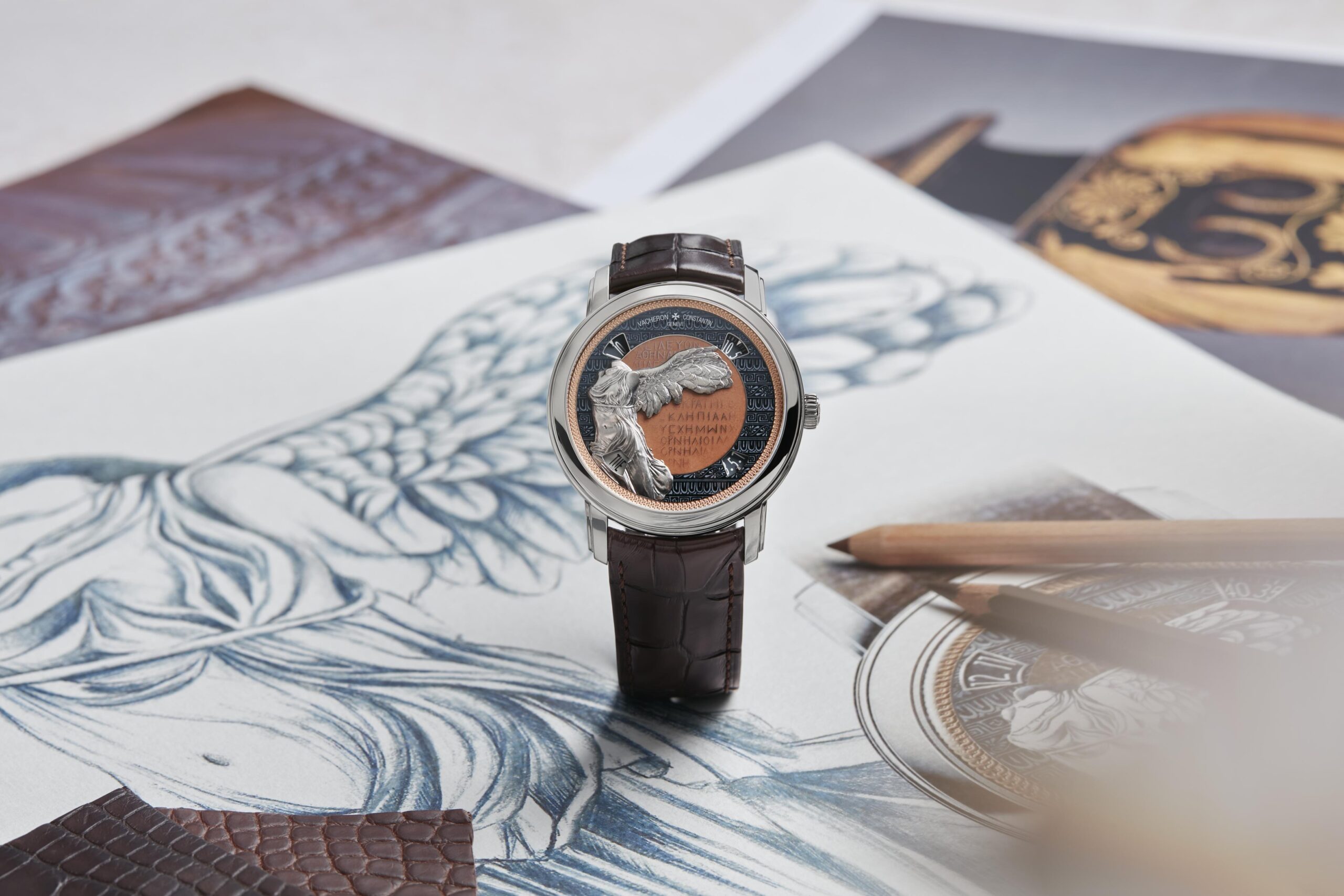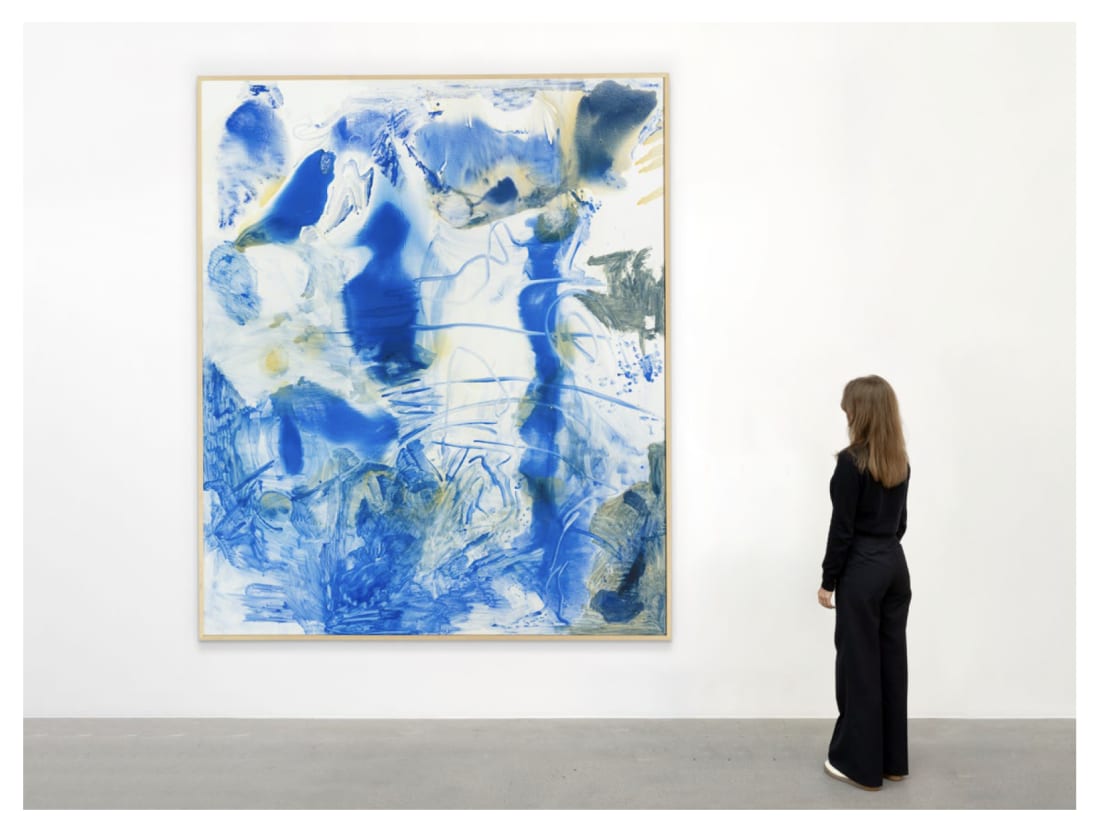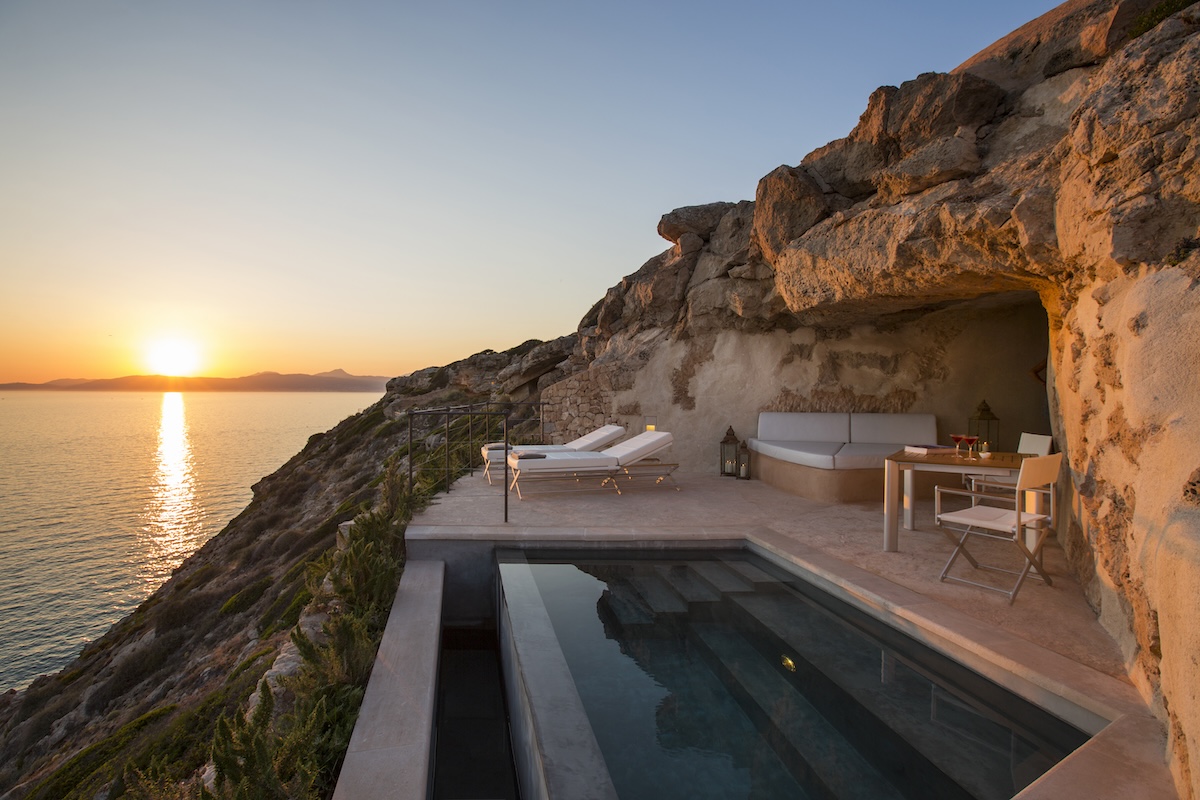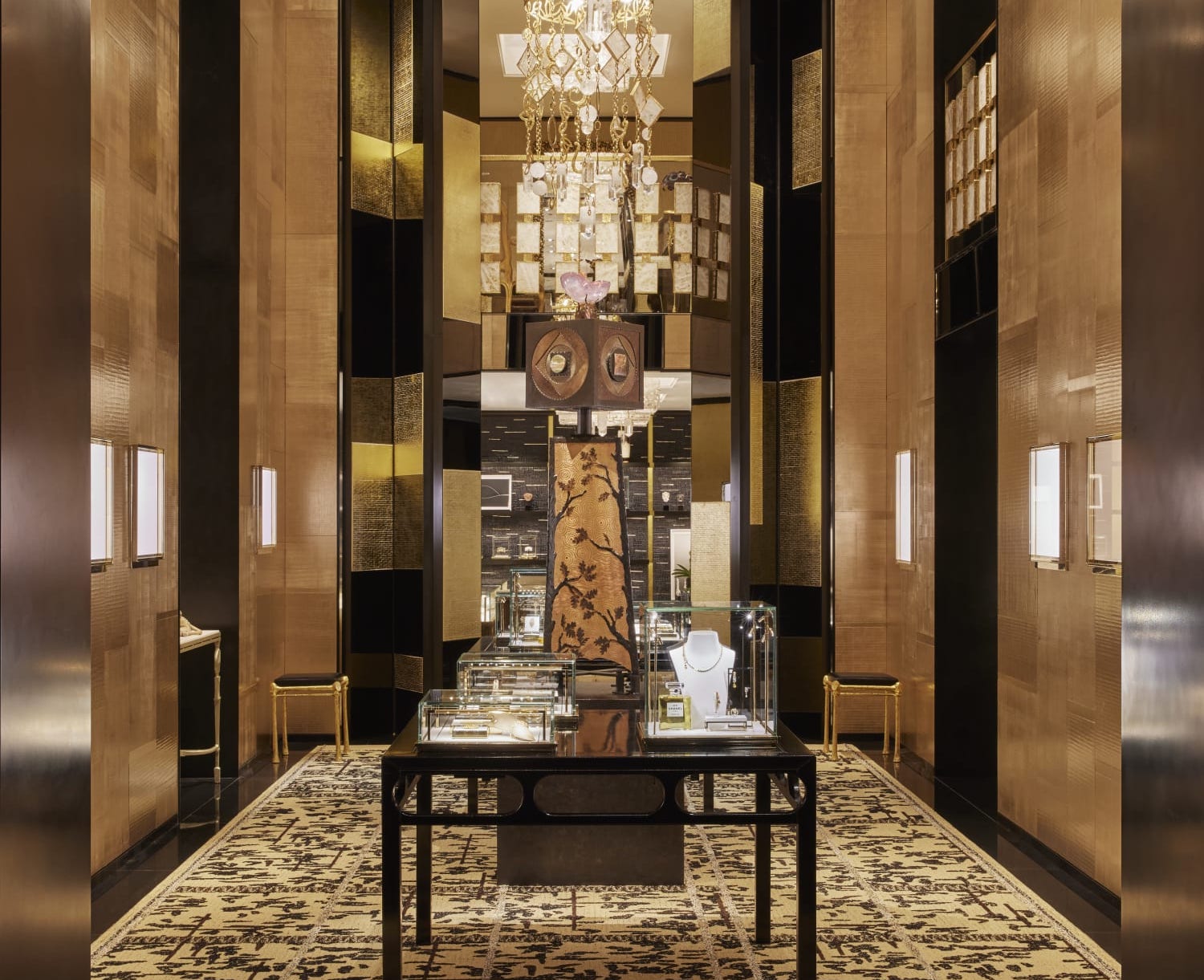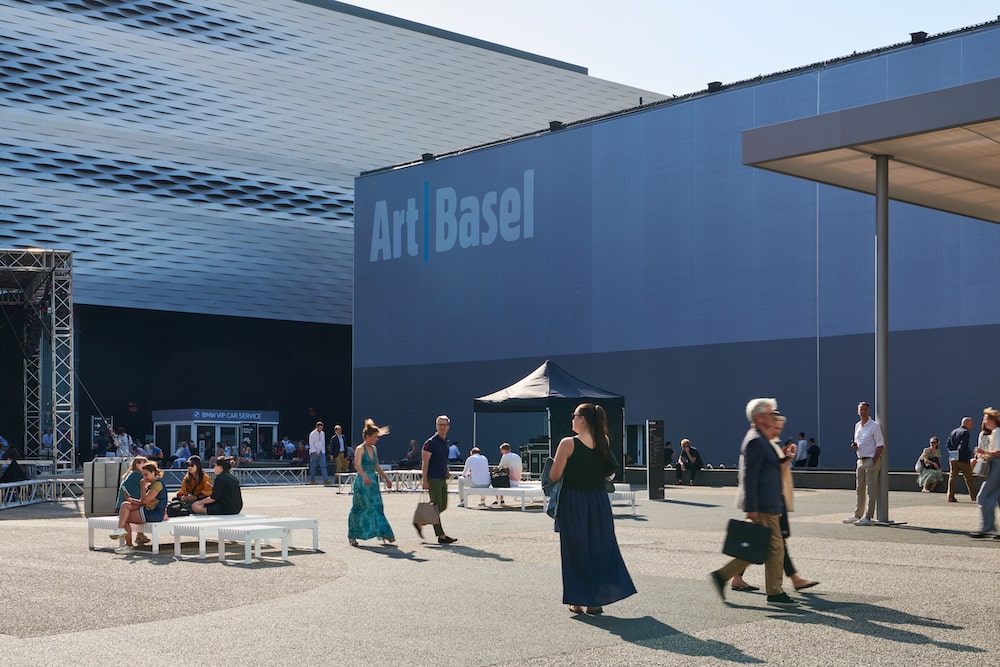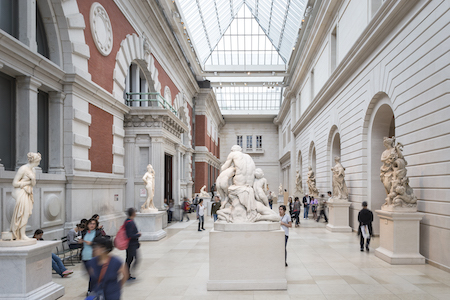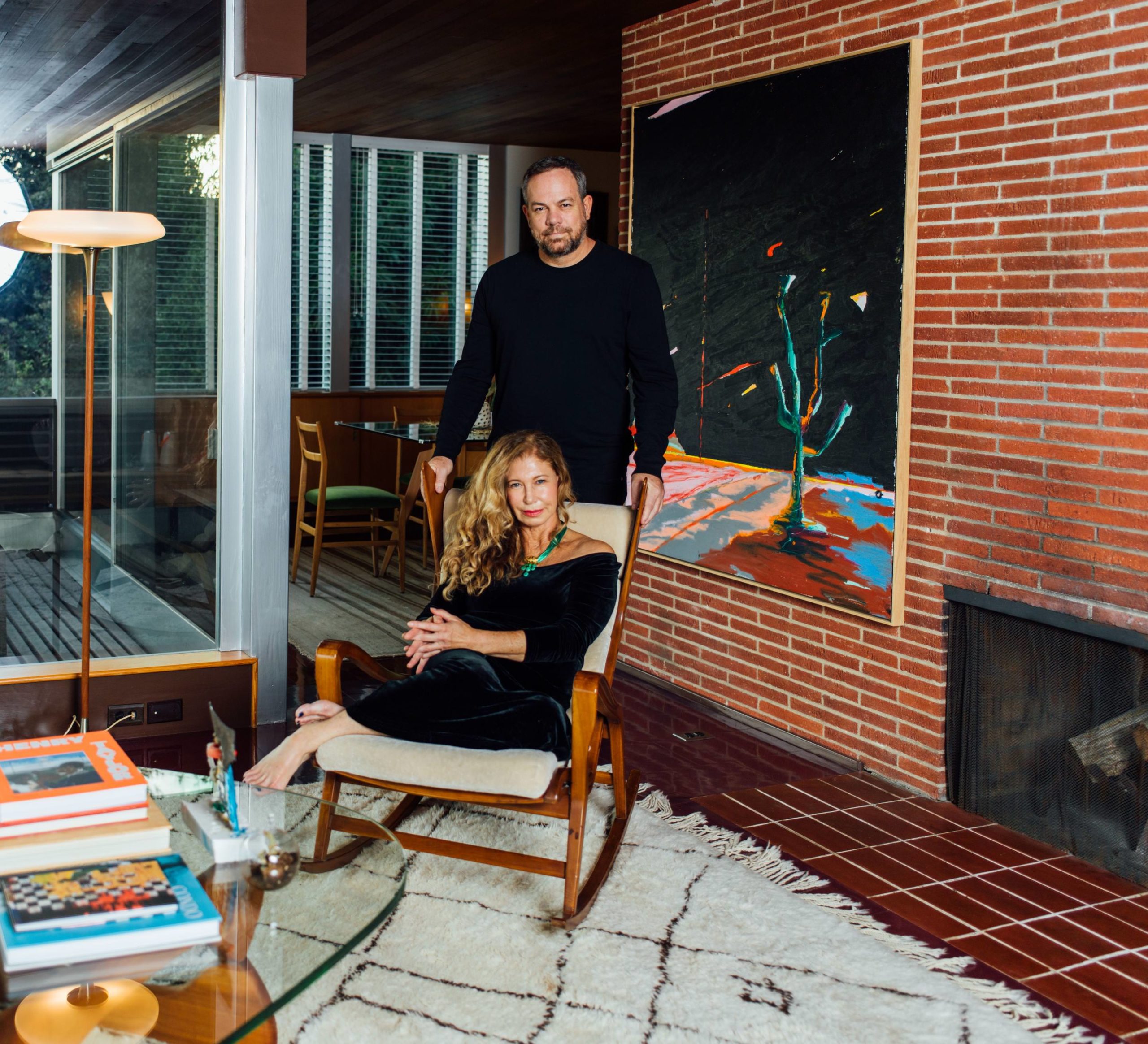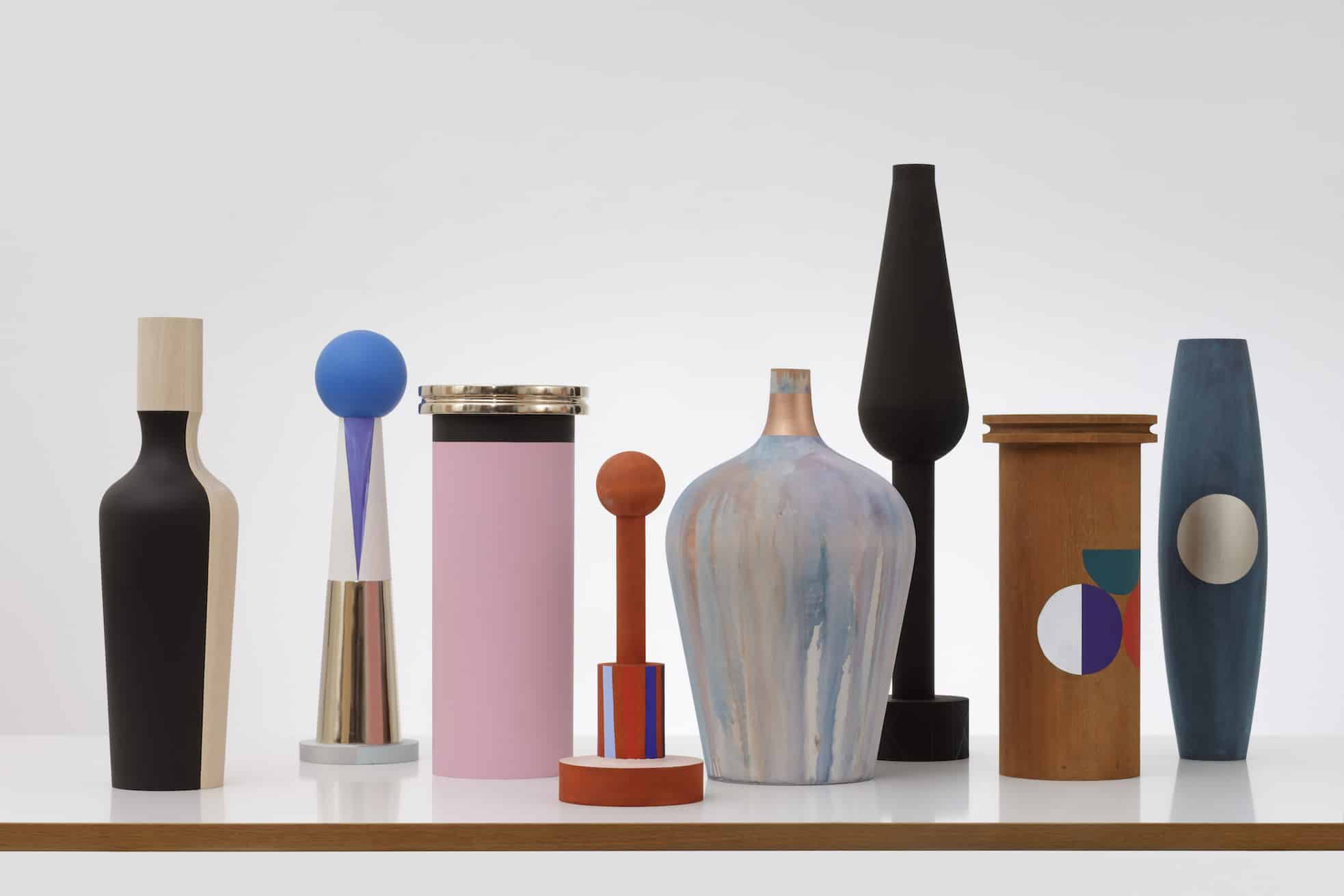April 7 saw the unveiling of Italian born artist Rudolf Stingel’s latest exhibition at Palazzo Grassi, Venice. Enabled by the Francois Pinault Foundation and coinciding with the Venice Biennale (running through December 31), this is the first time the space has dedicated an exhibition one artist, and is made up of both a site-specific installation and previously unseen paintings.
At Daniel Newburg’s Soho gallery in 1991 Stingel covered the entire gallery floor with an electric orange carpet, producing a blinding glow that thronged the gallery walls and created a disorientating optical effect. Two years later, he covered the walls of his Venice Biennale space with the same zingy rug, and now, back in Venice twenty years on, the entire surface of the Palazzo Grassi has been covered in an oriental patterned carpet. Stingel has always directed his work towards the relationship between the exhibition space and artistic intervention, and the swathes of carpet exist as a means to place the paintings within an architectural context.
The paintings themselves are a monochrome combination of luminous silver abstracts on the first floor, followed by photo real “portraits of sculptures” on the second. Stingel’s abstracts are notoriously hard to define and the selection on view is no different. The significant lack of color places an importance on the paintings’ textures and marks, in continuum with the carpet that lines the walls and floor. Meanwhile, the figurative works mix representations of religious wooden antic sculptures, reminiscent of memento mori, along with portraits of figures such as the late artist Franz West, marked with Pollock-esque paint splatters and ring marks from paint cans.
As a whole, the exhibition offers a broad overview of Stingel’s work. Comprised of more than 30 paintings made up of a variety of typologies and textures it not only examines the passage of time but also attempts to redefine the meaning of painting and how it is perceived.
Rudolf Stingel (B. 1956) lives and works between New York and Merano. His work has been at the centre of several exhibitions in numerous international institutions, including the Secession, Vienna (2012); the Neue National Galerie, Berlin (2010); the Museum of Contemporary Art, Chicago and the Whitney Museum of American Art, New York (2007); the Museum für Moderne Kunst, Frankfurt (2004); the Museo d’Arte Moderna e Contemporanea, Trento (2001). He took part in the Venice Biennial in 1993 and 2003. At Palazzo Grassi, his work has been presented in the exhibitions “Where Are We Going?” (2006), “Sequence 1” (2007), “Mapping the Studio” (2009-10) and “The World Belongs to You” (2011).
